Find Help
More Items From Ergsy search
-

AAA (Abdominal aortic aneurysm) screening
Relevance: 100%
-
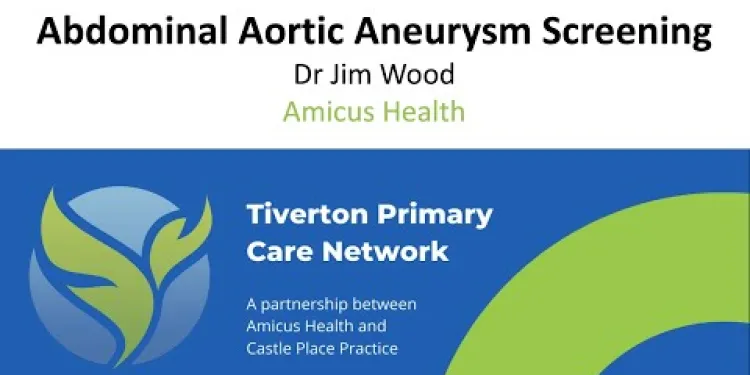
NHS Abdominal Aortic Aneurysm (AAA) Screening
Relevance: 96%
-

Abdominal Aortic Aneurysm (AAA) screening programme
Relevance: 94%
-

Eddie's Story - Abdominal Aortic Aneurysm (AAA) Screening
Relevance: 94%
-

Your abdominal aortic aneurysm (AAA) screening appointment
Relevance: 91%
-

Survivor of an Abdominal Aortic Aneurysm rupture appeals for men to take up NHS Screening Programme.
Relevance: 83%
-
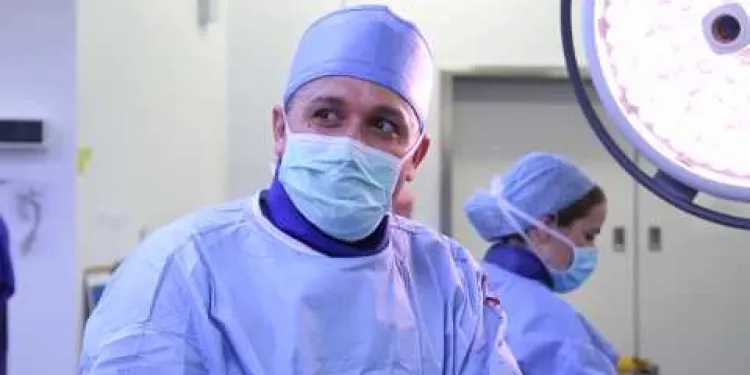
Repairing complex aortic aneurysms
Relevance: 77%
-
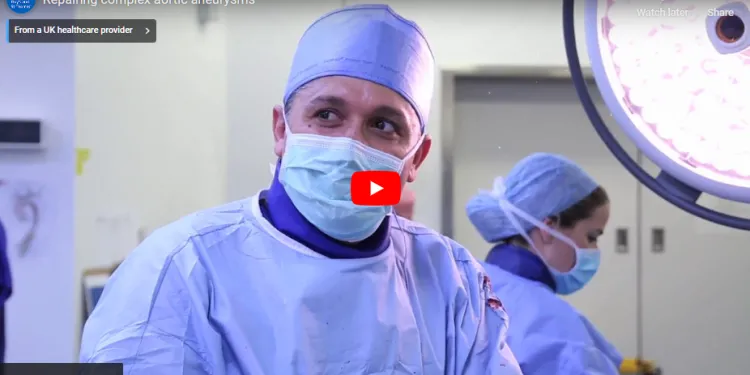
Repairing complex aortic aneurysm
Relevance: 71%
-

Health Screenings You Should Know About
Relevance: 31%
-
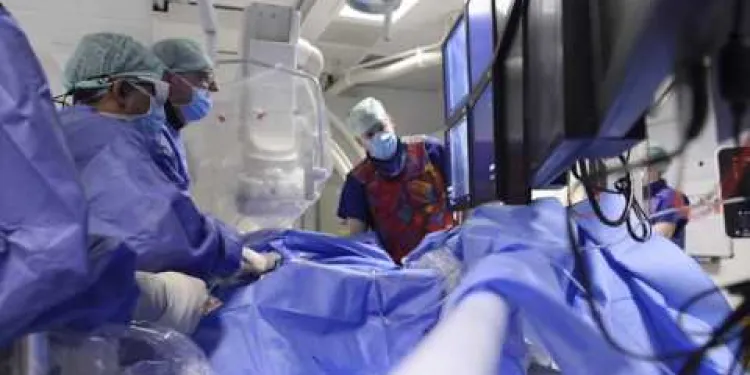
What is it like having a Transcutaneous Aortic Valve Implant (TAVI)?
Relevance: 27%
-

Stomach ache and abdominal pain
Relevance: 26%
-

Can I do abdominal exercises during pregnancy?
Relevance: 26%
-
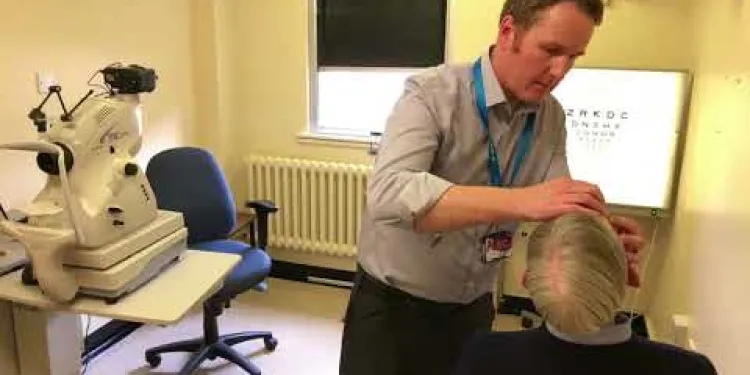
Derbyshire Diabetic Eye Screening - Diabetic Eye Screening
Relevance: 20%
-

Derbyshire Diabetic Eye Screening - Your Screening Appointment
Relevance: 20%
-

What is cancer screening?
Relevance: 20%
-

Bowel cancer screening: Alan Titchmarsh and Tommy Walsh | NHS
Relevance: 20%
-
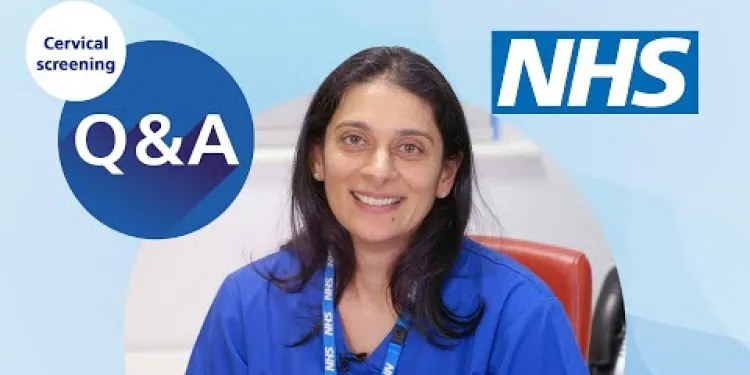
Cervical screening: Q&A | NHS
Relevance: 20%
-

Diabetes Eye Screening
Relevance: 20%
-

AI Breast Cancer Screening in the UK
Relevance: 20%
-
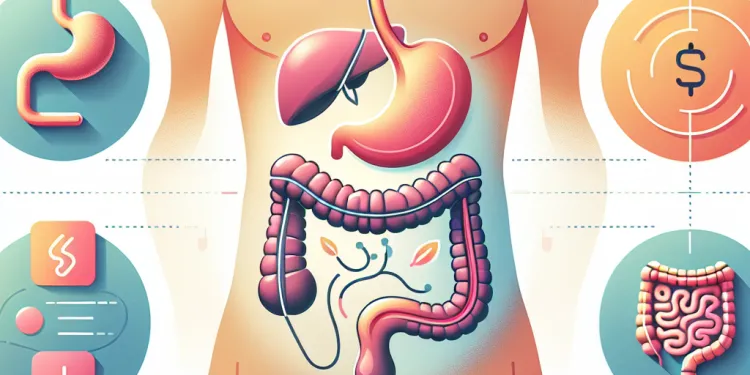
How is appendicitis different from other causes of abdominal pain?
Relevance: 20%
-
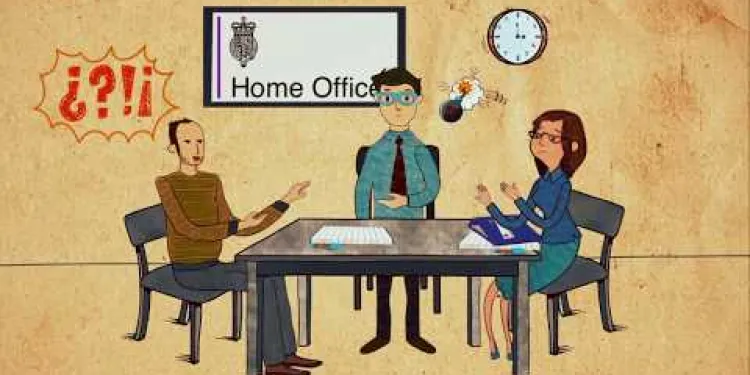
The asylum screening interview
Relevance: 19%
-

What are the recommendations for colorectal cancer screening?
Relevance: 19%
-

NHS breast cancer screening
Relevance: 19%
-

Are there eco-friendly mosquito screen options?
Relevance: 19%
-

Are mosquito window screens effective in the UK?
Relevance: 19%
-

Are Mosquito window screens effective?
Relevance: 19%
-

Are there retractable mosquito screens available?
Relevance: 19%
-
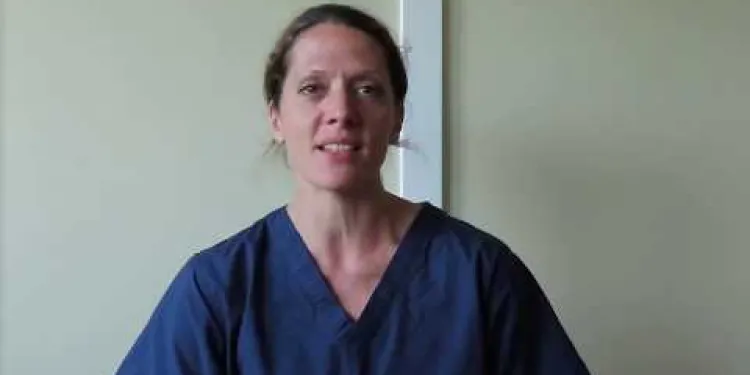
The NHS is #StillHereToHelp with cervical screening
Relevance: 19%
-
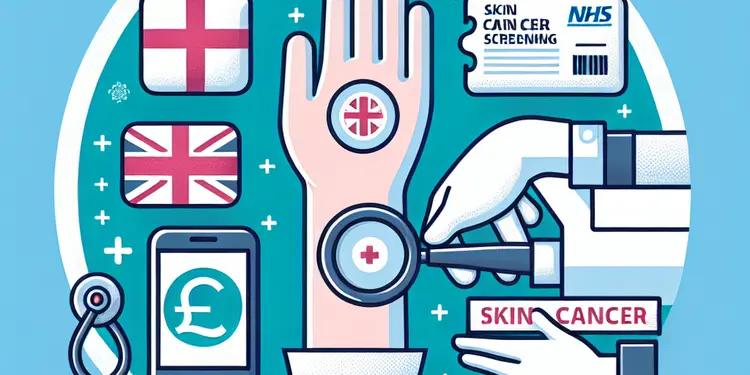
What is a skin cancer screening?
Relevance: 19%
-

How do I maintain my mosquito screens?
Relevance: 19%
-

Can pets damage mosquito screens?
Relevance: 18%
-

NHSGGC - Cervical Cancer Screening - English
Relevance: 18%
-
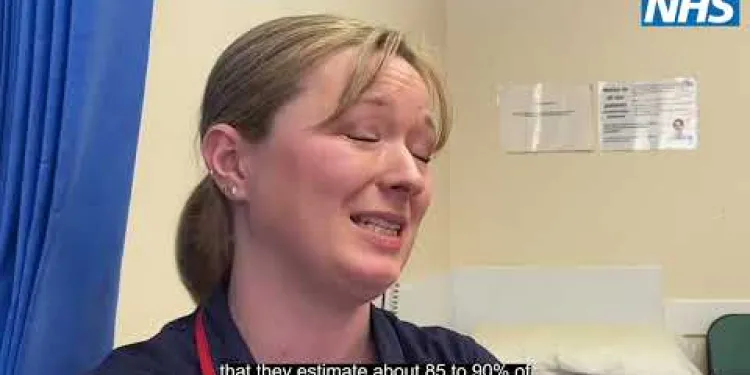
What is cervical screening (smear test)?
Relevance: 18%
-

Do mosquito screens add value to my home?
Relevance: 18%
-

Is genetic screening available for cancer risk?
Relevance: 18%
-

Cervical screening: what to expect | NHS
Relevance: 18%
-

Are mosquito screens effective against midges?
Relevance: 18%
-

Do mosquito screens provide insulation benefits?
Relevance: 18%
-
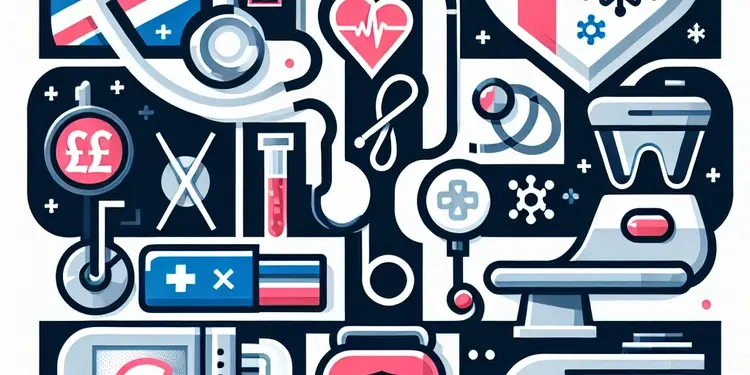
What kinds of cancer screening are available?
Relevance: 18%
-
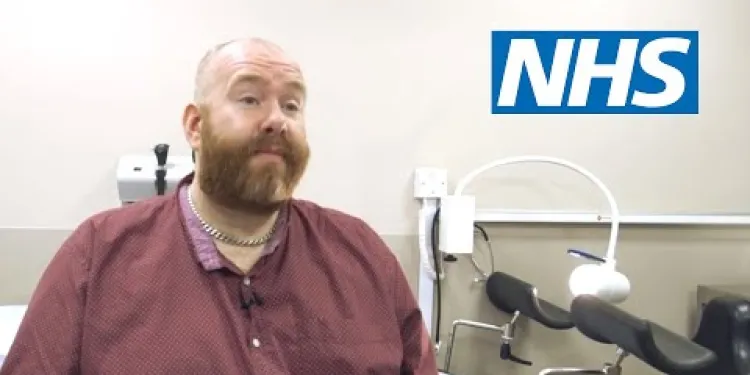
Cervical screening for transgender men | NHS
Relevance: 18%
NHS Abdominal Aortic Aneurysm (AAA) Screening
What is an Abdominal Aortic Aneurysm (AAA)?
An abdominal aortic aneurysm (AAA) is a bulge or swelling in the main blood vessel (aorta) that runs from the heart down to the abdomen. If untreated, it can grow larger and potentially rupture, which can be life-threatening and result in severe internal bleeding. AAAs are more common in men and are particularly prevalent among individuals aged 65 and over.
The Importance of AAA Screening
AAA screening is crucial because most AAAs cause no symptoms and are often undetected until they rupture. Early detection through screening can help prevent rupture by allowing timely monitoring and treatment. The goal of the NHS AAA Screening Programme is to reduce deaths from ruptured AAAs through early diagnosis and intervention.
Who is Eligible for the Screening?
In the United Kingdom, the NHS offers AAA screening to men when they turn 65. Men over 65 who have not previously been screened can request a screening appointment through their GP. While the programme focuses on men, men and women with a family history of AAA or other risk factors may also discuss the need for screening with their healthcare provider.
What Does the Screening Involve?
The AAA screening is a simple, quick and painless ultrasound scan that measures the size of the aorta. The scan usually takes about 10 to 15 minutes, and the results are provided immediately. If an aneurysm is detected, its size determines the follow-up steps:
- Small AAA (3.0-4.4cm): Yearly scans and lifestyle advice
- Medium AAA (4.5-5.4cm): Scans every three months and lifestyle advice
- Large AAA (5.5cm or larger): Referral to a vascular specialist for potential surgery
Conclusion
NHS AAA screening is a vital preventive service aimed at reducing the number of deaths caused by ruptured AAAs. By providing early detection and regular monitoring, the programme helps ensure that individuals at risk receive the care they need. If you are eligible, participating in AAA screening can significantly contribute to safeguarding your health and well-being.
NHS Abdominal Aortic Aneurysm (AAA) Screening
What is an Abdominal Aortic Aneurysm (AAA)?
An abdominal aortic aneurysm, or AAA, is a bulge in a big blood vessel called the aorta. The aorta goes from your heart down to your tummy. If the bulge gets too big, it can burst. This is very dangerous and can cause bad bleeding inside your body. AAAs are more common in men, especially those who are 65 or older.
The Importance of AAA Screening
AAA screening is important because most AAAs do not cause any symptoms. This means you might not know you have one until it bursts. Screening can find an AAA early, so doctors can watch it and treat it before it causes problems. The NHS AAA Screening Programme aims to find AAAs early to stop them from bursting and to save lives.
Who is Eligible for the Screening?
In the UK, the NHS offers AAA screening to men when they turn 65. Men over 65 who have not had the test can ask for an appointment with their doctor. The programme is mainly for men, but women and men with a family history of AAA can talk to their doctor about whether they should have the test too.
What Does the Screening Involve?
AAA screening is an easy and quick test. It is an ultrasound scan that checks the size of your aorta. The test takes about 10 to 15 minutes, and you get the results right away. If the scan finds an aneurysm, the size of it decides what happens next:
- Small AAA (3.0-4.4cm): Scan once a year and get advice on healthy living.
- Medium AAA (4.5-5.4cm): Scan every three months and get advice on healthy living.
- Large AAA (5.5cm or larger): See a specialist doctor. Surgery might be needed.
Conclusion
NHS AAA screening is very important. It helps stop deaths from AAAs by finding them early and watching them closely. If you can have the screening, it can help keep you healthy. Talk to your doctor if you think you need the test.
Frequently Asked Questions
What is an abdominal aortic aneurysm (AAA)?
An abdominal aortic aneurysm (AAA) is a bulge or swelling in the aorta, the main blood vessel that runs from the heart down through the abdomen. If untreated, it can grow and possibly burst, which can be life-threatening.
Who is eligible for AAA screening?
In the UK, AAA screening is offered to men aged 65 and over. Men are invited for screening during the year they turn 65. Men over 65 who have not been screened can request a test through their GP.
Why is AAA screening important?
AAA screening is important because it helps to identify AAAs early on. Early detection can lead to timely monitoring or treatment, reducing the risk of the aneurysm bursting.
How is the AAA screening test performed?
The screening test is a simple, painless ultrasound scan of the abdomen. It usually takes less than 10 minutes and provides immediate results.
Do I need to prepare for the AAA screening test?
There is no special preparation required for the AAA screening test. You can eat, drink, and take your medications as usual before the scan.
What happens if an aneurysm is found?
If an aneurysm is found, the treatment depends on its size. Small aneurysms are usually monitored with regular ultrasound scans, while larger aneurysms may require surgery.
Are there any risks associated with AAA screening?
AAA screening is a safe and simple procedure with very minimal risks. The ultrasound scan itself is entirely painless and without any known side effects.
What are the symptoms of an AAA?
Most AAAs do not cause any noticeable symptoms until they burst. However, some people might experience symptoms like a pulsating feeling in the abdomen, persistent back pain, or abdominal pain.
Can women be screened for AAA?
Routine AAA screening is not offered to women, as AAAs are less common in women. However, women with certain risk factors can discuss screening with their GP.
Who is at higher risk for developing an AAA?
Men aged 65 and over, smokers, individuals with high blood pressure, and those with a family history of AAA are at higher risk of developing an abdominal aortic aneurysm.
How accurate is the AAA screening test?
The AAA ultrasound screening test is highly accurate in detecting aneurysms, particularly those that are large enough to require monitoring or intervention.
How often should AAA screening be done?
Most men only need to be screened once in their lifetime if no aneurysm is found. If an aneurysm is detected, the frequency of follow-up scans depends on its size.
Is AAA screening free on the NHS?
Yes, AAA screening is offered free of charge by the NHS to eligible men aged 65 and over.
Should I be screened for AAA if I have a family history of the condition?
If you have a family history of AAA, it's advisable to discuss screening with your GP, especially if you are over the age of 65.
How can I reduce my risk of developing an AAA?
To reduce the risk of developing an AAA, you can maintain a healthy lifestyle: avoid smoking, manage blood pressure, eat a balanced diet, exercise regularly, and maintain a healthy weight.
What is a belly artery bump (AAA)?
An abdominal aortic aneurysm (AAA) is like a bulge in a big blood tube in your belly. This blood tube carries blood from your heart to the rest of your body.
If the bump gets too big, it can be dangerous. It's important to let a doctor check it.
If you're finding it hard to understand, you can:
- Ask someone to read it with you.
- Use pictures or videos about AAA.
- Ask your doctor or a nurse to explain it.
An abdominal aortic aneurysm (AAA) is when a big blood tube inside your tummy gets bigger and swollen. This blood tube is called the aorta, and it carries blood from your heart to your body. If not treated, the swelling can get bigger and might break. This is very dangerous.
To better understand or remember this, you can:
- Look at pictures or diagrams showing the aorta.
- Ask someone to explain it with simple words or stories.
- Use apps or videos made for kids that explain how the body works.
Who can get checked for AAA?
AAA means a big swelling in a blood tube in your tummy. It is important to find it early. Here's who can get checked:
- Men who are 65 years old.
- People who are older and doctors say they need it.
If you need help, ask someone you trust, like a family member or caregiver, to help you read or book your check-up. You can also use pictures or videos to understand better.
In the UK, men who are 65 years old or older can get a test to check for AAA. When a man is 65, he will be asked to have this test. If a man is over 65 and has not had the test, he can ask his doctor for it.
Why is AAA screening important?
AAA screening checks if there is a big balloon in a blood tube in your tummy. It looks for danger on the inside.
Finding the balloon early can stop it from popping. This keeps you safe.
Tools like pictures and videos can help explain AAA screening. Talking with a nurse or doctor can also help you understand.
AAA screening is important because it helps find AAAs early. Finding them early means doctors can watch or treat them in time. This lowers the chance of the aneurysm bursting.
How is the AAA test done?
The test is a quick and easy scan of the belly. It does not hurt. It usually takes less than 10 minutes. You get the results right away.
How can I get ready for the AAA test?
No special preparation is needed for the AAA test. Just come to the appointment. If you have any questions or worries, it’s helpful to talk with someone, like a family member or friend. You can also use a calendar or an alarm on your phone to remind you about your appointment.
You don't need to get ready in a special way for the AAA screening test. You can eat, drink, and take your medicine like you always do before the scan.
What happens if a doctor finds an aneurysm?
An aneurysm is a big bump in a blood tube inside your body. If a doctor finds an aneurysm, they will want to help you.
Here is what might happen:
- The doctor will look at it very carefully. They might use a special camera to take pictures of it.
- Sometimes, doctors will give you medicine to help the blood tube stay safe.
- If the bump is very big or could break, the doctor might need to fix it with surgery.
It’s important to follow the doctor's advice and keep all your appointments.
To help understand what the doctor says, you can:
- Ask the doctor to use simple words
- Bring a family member or friend to listen and take notes
- Use pictures or drawings to help explain things
If the doctor finds an aneurysm, the treatment depends on how big it is. If it's small, the doctor will watch it with regular ultrasound scans. If it's big, it might need surgery.
Could anything bad happen with AAA screening?
AAA screening is safe and easy. There are very few risks. The ultrasound scan does not hurt and has no known bad effects.
What are the signs of an AAA?
An AAA is an "abdominal aortic aneurysm." It's a big bump in a blood tube in your tummy.
Here are some signs you might see:
- A pain in your tummy or side.
- A pain in your lower back.
- A pulse or beating feeling in your tummy, like a heartbeat.
If you notice these signs, talk to a doctor. They can help you.
Ask someone you trust to help read or remember this.
Use tools like pictures or simple words if needed.
Most of the time, AAAs do not show any symptoms until they break. But some people might feel a strong heartbeat in their belly, have back pain that does not go away, or have pain in their belly.
If you find reading difficult, you can try using tools like text-to-speech apps to listen instead of reading. Rulers or finger tracking can help you follow along while reading. Remember, it's okay to ask someone for help if you find it hard to understand.
Can women get checked for AAA?
AAA stands for abdominal aortic aneurysm. This is a big word for a problem with a blood tube in the tummy.
Yes, women can get checked for AAA.
Checking for AAA helps doctors see if there is a problem early on.
Doctors use a special scan to look inside the tummy.
It is good to talk to a doctor if you are worried.
Friends or family can help you understand more.
Regular AAA checks are not usually for women, because it is less common for them. But women with some health risks can talk to their doctor about getting checked.
Who might get an AAA more easily?
Men who are 65 years old and older, people who smoke, people with high blood pressure, and those with family members who had AAA are at higher risk of getting an abdominal aortic aneurysm.
How good is the AAA test?
The AAA check-up is very good at finding big lumps in blood pipes. It's really good at spotting the ones that need watching or might need fixing.
How many times should you check for AAA?
Most men only need one check-up for an aneurysm in their life if nothing is found. If an aneurysm is found, they will need more check-ups. How often they need these check-ups depends on how big the aneurysm is.
Here are some tools and tips to help understand medical information:
- Talk to a doctor or nurse for clear answers.
- Use picture guides to understand better.
- Ask for information in simple words.
- Write down important information.
Is AAA screening free on the NHS?
AAA screening means looking for a big swell in a blood tube in your tummy. The NHS does these checks. They are free, so you don't have to pay money.
If you find reading hard, you can ask someone you trust to help you understand. You can use apps like text readers that read the words out loud to you. Taking your time and asking questions can also help.
Yes, the NHS gives free AAA tests to men who are 65 and older.
Do I need a test for AAA if someone in my family had it?
If someone in your family had AAA, you might need a test. AAA means a part of your blood vessel is bigger than it should be. A doctor can do a simple test to check. You can ask your doctor about it.
Helpful Tip: You can use pictures and videos to learn more about AAA.
If someone in your family had AAA, it's a good idea to talk to your doctor about getting checked. This is important if you are over 65 years old.
How can I lower my chances of getting an AAA?
An AAA is a bulge in a big blood tube in your belly. Here are some tips to stay healthy:
- Healthy Eating: Eat fruits, vegetables, and whole grains.
- No Smoking: Smoking is bad for your heart and blood tubes.
- Exercise: Move your body every day. Play, walk, or join a sport.
- See the Doctor: Regular check-ups with the doctor can help keep you healthy.
These tips can help you stay strong. If you want help, ask an adult or use tools like smartphones to track your steps or healthy eating.
Here are some tips to keep your body healthy:
- Don't smoke.
- Keep your blood pressure in check.
- Eat a mix of good foods.
- Move your body often with exercise.
- Stay at a healthy weight.
Using tools like a food diary can help you eat well. A step counter can help you move more each day.
Useful Links
- Ergsy carfully checks the information in the videos we provide here.
- Videos shown by Youtube after a video has completed, have NOT been reviewed by ERGSY.
- To view, click the arrow in centre of video.
- Most of the videos you find here will have subtitles and/or closed captions available.
- You may need to turn these on, and choose your preferred language.
- Go to the video you'd like to watch.
- If closed captions (CC) are available, settings will be visible on the bottom right of the video player.
- To turn on Captions, click settings .
- To turn off Captions, click settings again.
More Items From Ergsy search
-

AAA (Abdominal aortic aneurysm) screening
Relevance: 100%
-

NHS Abdominal Aortic Aneurysm (AAA) Screening
Relevance: 96%
-

Abdominal Aortic Aneurysm (AAA) screening programme
Relevance: 94%
-

Eddie's Story - Abdominal Aortic Aneurysm (AAA) Screening
Relevance: 94%
-

Your abdominal aortic aneurysm (AAA) screening appointment
Relevance: 91%
-

Survivor of an Abdominal Aortic Aneurysm rupture appeals for men to take up NHS Screening Programme.
Relevance: 83%
-

Repairing complex aortic aneurysms
Relevance: 77%
-

Repairing complex aortic aneurysm
Relevance: 71%
-

Health Screenings You Should Know About
Relevance: 31%
-

What is it like having a Transcutaneous Aortic Valve Implant (TAVI)?
Relevance: 27%
-

Stomach ache and abdominal pain
Relevance: 26%
-

Can I do abdominal exercises during pregnancy?
Relevance: 26%
-

Derbyshire Diabetic Eye Screening - Diabetic Eye Screening
Relevance: 20%
-

Derbyshire Diabetic Eye Screening - Your Screening Appointment
Relevance: 20%
-

What is cancer screening?
Relevance: 20%
-

Bowel cancer screening: Alan Titchmarsh and Tommy Walsh | NHS
Relevance: 20%
-

Cervical screening: Q&A | NHS
Relevance: 20%
-

Diabetes Eye Screening
Relevance: 20%
-

AI Breast Cancer Screening in the UK
Relevance: 20%
-

How is appendicitis different from other causes of abdominal pain?
Relevance: 20%
-

The asylum screening interview
Relevance: 19%
-

What are the recommendations for colorectal cancer screening?
Relevance: 19%
-

NHS breast cancer screening
Relevance: 19%
-

Are there eco-friendly mosquito screen options?
Relevance: 19%
-

Are mosquito window screens effective in the UK?
Relevance: 19%
-

Are Mosquito window screens effective?
Relevance: 19%
-

Are there retractable mosquito screens available?
Relevance: 19%
-

The NHS is #StillHereToHelp with cervical screening
Relevance: 19%
-

What is a skin cancer screening?
Relevance: 19%
-

How do I maintain my mosquito screens?
Relevance: 19%
-

Can pets damage mosquito screens?
Relevance: 18%
-

NHSGGC - Cervical Cancer Screening - English
Relevance: 18%
-

What is cervical screening (smear test)?
Relevance: 18%
-

Do mosquito screens add value to my home?
Relevance: 18%
-

Is genetic screening available for cancer risk?
Relevance: 18%
-

Cervical screening: what to expect | NHS
Relevance: 18%
-

Are mosquito screens effective against midges?
Relevance: 18%
-

Do mosquito screens provide insulation benefits?
Relevance: 18%
-

What kinds of cancer screening are available?
Relevance: 18%
-

Cervical screening for transgender men | NHS
Relevance: 18%


